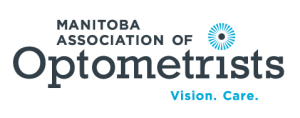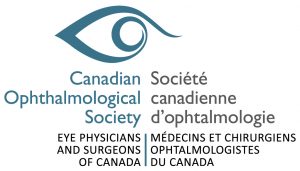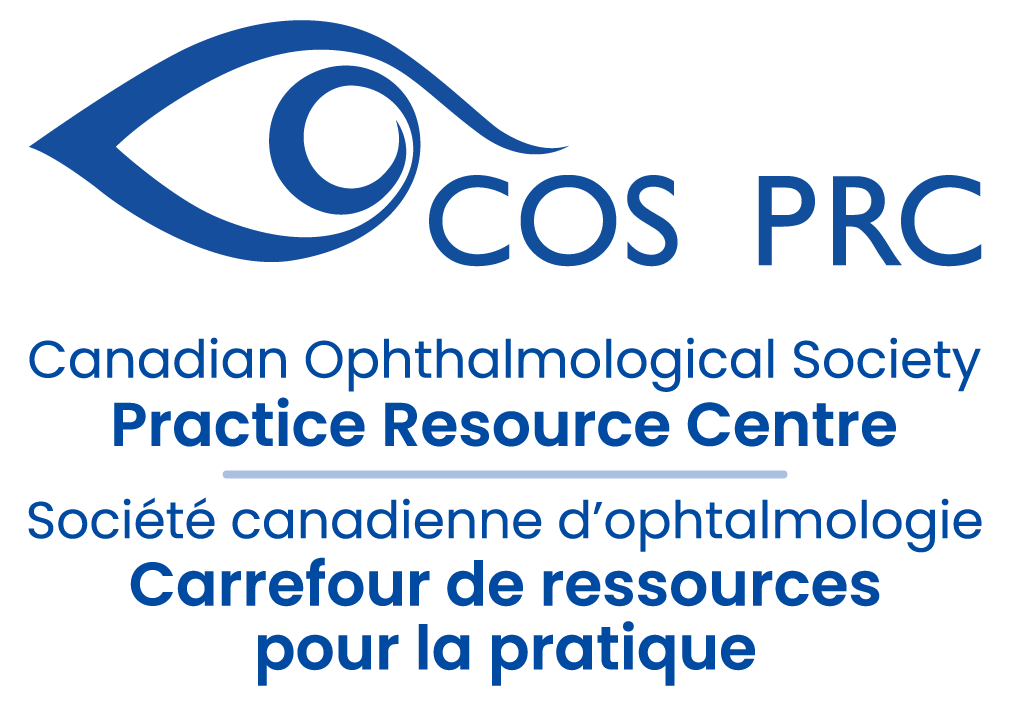DOVS RETINA CONNECT – VIA ZOOM – Retina cases that shock and awe
Date: Tuesday January 24, 2023
Time: 7:30 PM – 8:30 PM
Topic: Retina cases that shock and awe
Speakers: Dr. Jose Pulido
Zoom Link – Register in advance for this webinar:

After registering, you will receive a confirmation email containing information about joining the webinar.
Canadian Ophthalmological Society (COS) Joint position paper calling for a complete ban on scleral tattooing and eyeball jewellery implantation in Manitoba
September 2018




Context: There is a growing trend among body modification enthusiasts to tattoo their eyeballs (specifically the sclera of the eye) and also implant jewellery under the surface layer (conjunctiva) of the eyeball. This is being done unsafely by untrained artists under questionable conditions and leading to a
variety of unfortunate complications, including loss of vision and loss of the eye in some cases. As eye health care professionals, the Manitoba Association of Optometrists (MAO) and the Eye Physicians and Surgeons of Manitoba (EPSOM) are submitting this joint statement calling for a ban of these dangerous practices leading to unnecessary morbidity and loss of vision in members of the unsuspecting public.
Read the Full Position Statement Here
Evidence-based clinical practice guidelines for the periodic eye examination in children aged 0-5 years in Canada
December 2019
Evidence-based clinical practice guidelines for the periodic eye examination in children aged 0-5 years in Canada


The Position Stated is based on current evidence and expert medical opinion available at the
time and was endorsed by the COS in November 2019.
Background: As eye disease before age 5 years is common, some form of vision screening should be performed on children before attending primary school. However, the lack of consistent national recommendations creates confusion for patients, eye care professionals, and governments alike.
Download the full guidelines here
Canadian Glaucoma Society Evidence-Based Recommendations for the Risk of Acute Angle Closure Glaucoma with Routine Use of Hyoscine-n-Butylbromide (Buscopan) for Gastroenterological Procedures
November 2019
Evidence-Based Recommendations for the Risk of Acute Angle Closure Glaucoma with Routine Use of Hyoscine-n-Butylbromide (Buscopan) for Gastroenterological Procedures.


The Position Stated is based on current evidence and expert medical opinion available at the time and was endorsed by the COS in November 2019.
Background: Hyoscine-n-butylbromide (Buscopan) is a commonly used anticholinergic medication for
gastroenterological endoscopic procedures because of its ability to induce smooth muscle relaxation and decrease spasm. It can also be used for radiologic procedures of the gastrointestinal tract. Buscopan may increase detection of colorectal adenoma by up to 30%, thus this medication should not be withheld needlessly.
Read the full position statement here.
Advisory Statement: Regarding Light Therapy (Photobiomodulation) for Macular Degeneration
July 21, 2022
Advisory Statement: Regarding Light Therapy (Photobiomodulation) for Macular Degeneration

Discussion: Patients with early dry macular degeneration often have relatively normal vision. As the disease progresses to advanced stages, patients can have both a gradual and/or sudden loss of central vision. There are no proven pharmacologic treatments for dry ARMD, however age-related eye disease study (AREDS) vitamin supplementation has been shown in large, randomized trials to decrease the risk of progressing to advanced macular degeneration. Canadian patients have coverage and access to effective, large randomized clinical trial-proven pharmacologic treatments for wet macular degeneration.
Read the full advisory statement here
Position statement by the Canadian Ophthalmological Society (COS) Regarding Diversity and Inclusion
April 2, 2019
Position Statement by the Canadian Ophthalmological Society (COS) Regarding Diversity and Inclusion

The Canadian Ophthalmological Society (COS) encourages inclusivity and opposes discrimination based on (but not limited to) religion, race, citizenship, country or ethnic origin, language, age, political affiliation or opinion, sex, sexual orientation, gender identity and expression, cognitive or physical ability, and economic status. As the recognized unified voice for ophthalmology in Canada, COS is strengthened by its diversity. COS members come from broad and diverse backgrounds, and this variety of experiences, training, and personal qualities is fundamental to ophthalmologists’ ability to provide the highest quality and culturally competent care for all patients.
Moran CORE – Educational Resources
Open source ophthalmology education for students, residents, fellows, healthcare workers, and clinicians. Produced by the Moran Eye Center in partnership with the Eccles Library

Medical College of Wisconsin – Educational Resources
This is a collection of case studies to help you get an insight on the typical history and initial examination of various ophthalmic disorders. The discussion, although brief, is intended to give you a simple overview of each disease. The questions at the end of each case are a good review for M3 Ophthalmology rotation final examination. Feel free to contact Judy Hoggatt, MD, with any questions regarding the cases.

PIVOT MedEd – Educational Resources
PIVOT MedEd is Partners In Virtual and Online Teaching in Medical Education who are working together as a community of educators to create and curate resources to help each other pivot the curriculum for medical learners during a pandemic, such as the one we’re facing right now with COVID-19.
PIVOT’s philosophy is simple: curation is key. They are focused on identifying the resources which should provide you with the greatest support, specifically:
(1) open-access resources,
(2) resources and platforms that require no (or minimal) personal information,
(3) lack of evident bias, and
(4) relevance to health professional educators and their learners.




